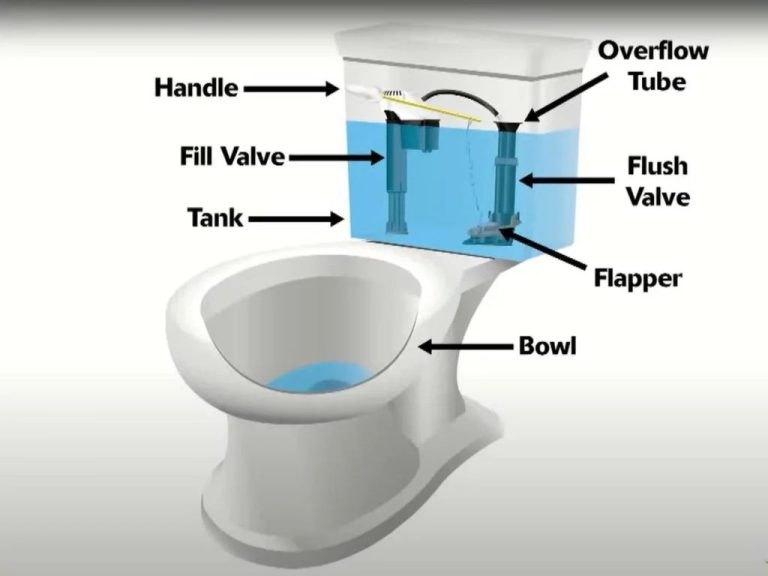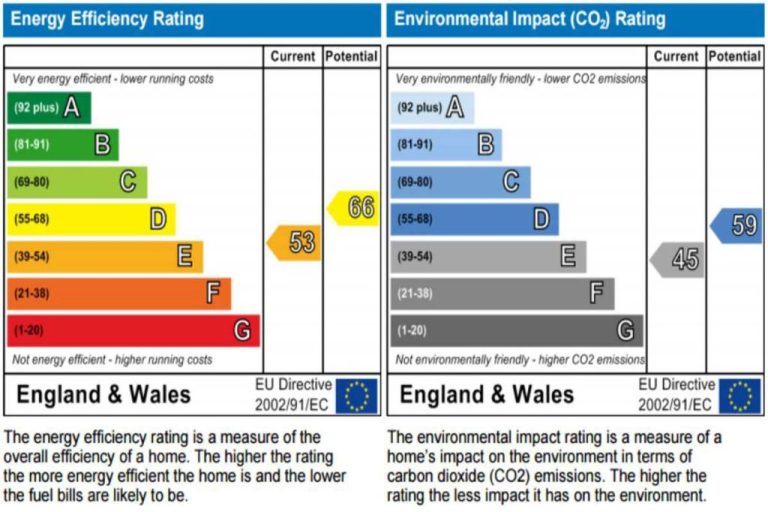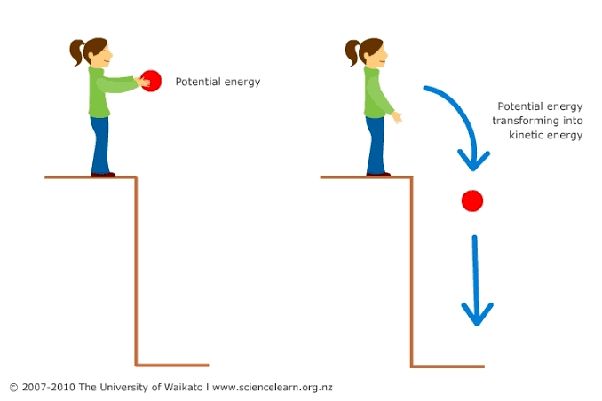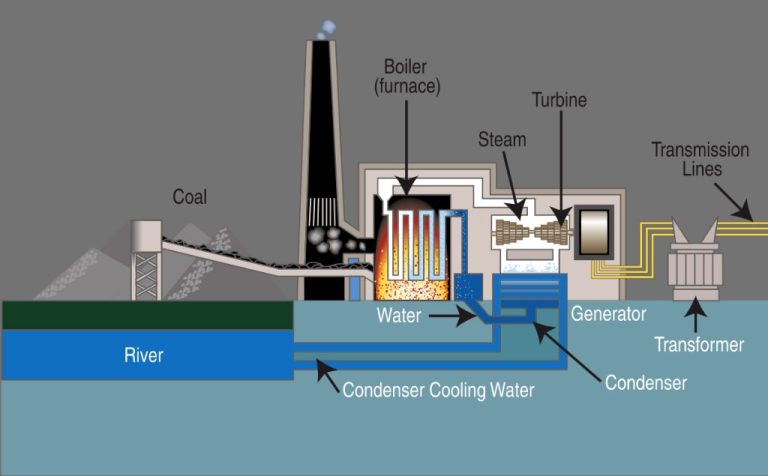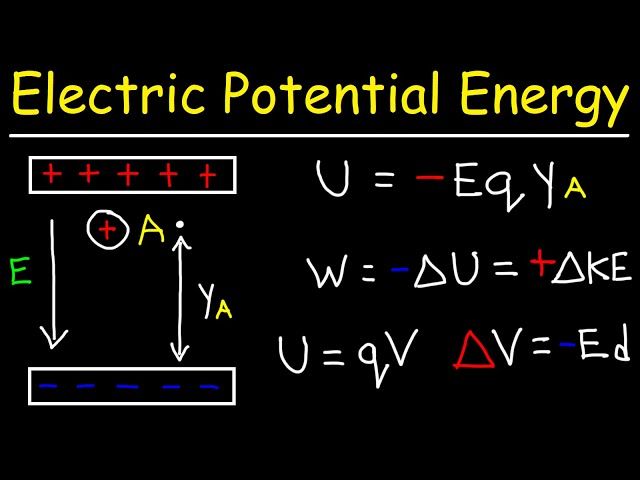Is Electric Energy Same As Electricity?
Electric energy and electricity are closely related concepts that are often used interchangeably. However, while connected, they refer to different aspects of the phenomenon of electric current.
Electric energy refers to the energy carried by electrons flowing through a conductor. It is a form of energy that can be generated, transmitted, and used to power equipment and appliances. Electricity is the physical flow of electric current across a medium, like wires. It is the movement of electrons that carries electric energy from one place to another.
So in summary, electric energy is the power itself, while electricity is the flow of electric current that transmits the energy. Generating electricity produces electric energy, which is then carried through wires and cables as electric current to homes and businesses where it powers lights, appliances, and devices. Both electric energy and electricity are integral parts of the electric power system.
Electric Energy
Electric energy refers to the energy carried by charged particles such as electrons and protons. It is produced from the flow of electric charges through conductors such as wires. Electric energy is tied to the movement of these electric charges – when charges move through a conductor, they produce electric energy that can be harnessed to do useful work.
More specifically, electric energy results from the flow of electric charges between two points of differing electrical potential. This potential difference causes charges to move, which creates an electric current. As charges accelerate through the conductor, they transfer energy that can power electrical devices. Greater current flows release more electric energy.
So in essence, electric energy arises from moving electrons, whereas electricity refers to the overall phenomenon and systems associated with electric charges and their effects. Electric energy is produced as a direct result of electricity – the motion of electric charges creates it. Without the movement and separation of electric charges, electric energy could not exist.
Electricity
Electricity is the flow of electric charge. Electric charge refers to the property of matter that causes it to experience a force when placed in an electromagnetic field. Atoms contain positively charged protons and negatively charged electrons. The movement of electric charges creates an electric current.
Electric current occurs when electric charges constantly flow in a closed circuit. For example, in a wire or in a cell. The flow of charges is driven by an electric field which exerts a force on the electric charges, causing them to move through the circuit. The stronger the electric field, the greater the flow of charge. The flow of charges is what we commonly refer to as electricity.
Electricity requires a closed circuit with a voltage source to drive the motion of charges around the circuit. Voltage pushes charges through the circuit, while resistance opposes the flow. More voltage or less resistance allows more current to flow. When electric charges move through a conductor they generate an electric current, which can be harnessed to do work. This is the basis for nearly all modern technology.
Relationship Between Electric Energy and Electricity
While the terms “electric energy” and “electricity” are often used interchangeably, they refer to related but distinct concepts.
Electricity refers specifically to the flow of electric charge. This flow of charges generates electric energy. So electricity is the movement or current of electrons, whereas electric energy is the capacity to perform work that is produced through that movement.
Electric energy is a broader term that encompasses both the potential energy of stationary charges and the kinetic energy of moving charges. Electricity is a component of electric energy that involves the motion of electrons. So electricity converts electric potential energy into electric power through the movement of electric charges.
To summarize, electricity is the flow of electric charge, which is a means of transferring electric energy. The generation and harnessing of electricity enables the capture and use of electric energy. While the two terms are closely linked, electricity refers specifically to the motion of charges, while electric energy refers to the capacity for doing work.
Generating Electricity
Electric energy is converted into electricity through generators at power plants. Power plants harness various energy sources like coal, natural gas, nuclear fission, flowing water, wind or solar power to spin large turbines that activate electromagnets. These electromagnets rotate within wire coil casings to produce alternating current electricity via electromagnetic induction. The mechanical energy from the spinning turbines gets transformed into electrical energy as the motion of the magnets within the coils induces voltage and current.
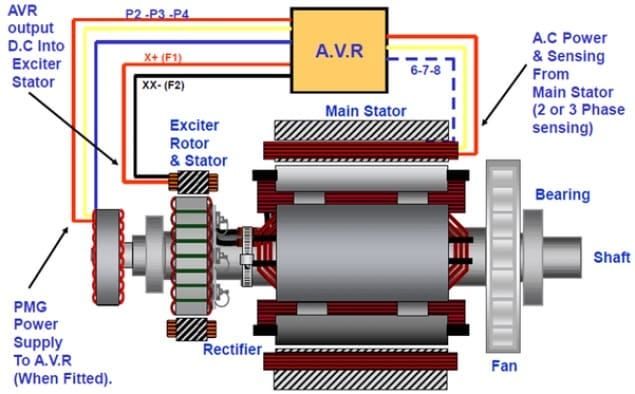
For example, in coal, natural gas and nuclear plants, the heat from burning fuel produces high-pressure steam that spins turbine blades. In hydroelectric plants, the kinetic energy of flowing water turns the turbine. With wind power, the blades are spun by the wind. In solar plants, the heat from the sun’s rays focuses on water to create steam for spinning turbines. Regardless of the initial energy source, generators convert the mechanical rotation into electrical power through induction.
The induced alternating current electricity from the generators is then stepped up with transformers to high voltages that allow efficient transmission over long distances on power grids. Therefore, generators are vital in transforming various natural forms of energy into usable electricity that powers our modern world.
Transmitting Electricity
Once the electricity is generated at power plants, it needs to be transmitted long distances to homes, businesses, and other locations that require power. This is done through above-ground transmission lines made of aluminum or copper wires. These transmission lines, also called power lines, carry high voltage electricity from the power plants to local substations. The transmission lines are supported by large metal towers or poles spread across the landscape.
The electricity is transmitted at high voltages because less energy is lost in electrical transmission at higher voltages. Most transmission lines carry voltages between 110 kV and 765 kV (kilovolts). When transmitting over very long distances, even higher voltages are used to minimize power loss. The transmission lines connect the various regional grids that distribute electricity to populated areas.
Once the electricity reaches substations located closer to its end destination, transformers reduce the high voltage electricity to lower levels ranging from 2 kV to 35 kV for distribution. From the distribution substations, electricity is further stepped down to the 120V and 240V used by homes and businesses. The distribution system relies on lower voltage lines suspended from wooden utility poles spread throughout neighborhoods. This extensive network successfully delivers the electricity generated at power plants to the end users.
Using Electricity
Electricity powers many essential devices, appliances, and equipment that we use every day. Here are some common examples of how we utilize electricity in homes, businesses, and industry:
Homes
- Lights, lamps, and light bulbs
- Refrigerators and freezers
- Washing machines and dryers
- Dishwashers
- Electric stoves and ovens
- Microwaves
- Televisions, radios, and other electronics
- Fans, air conditioners, and heaters
- Vacuum cleaners
- Smart home devices
Businesses & Offices
- Lights, security systems, HVAC systems
- Computers, printers, copiers, and other office equipment
- Cash registers and credit card readers
- Refrigeration and freezers
- Elevators and escalators
Manufacturing & Industry
- Motors, pumps, compressors, conveyors
- Industrial machines, robots, and automation
- Heating and cooling equipment
- Lighting and HVAC systems
As you can see, we utilize electricity in many ways through the devices, appliances, and equipment that power our modern lifestyle and economy. Our standard of living today depends on having access to plentiful, reliable electricity.
Conserving Electric Energy
There are many simple ways every household and business can conserve electric energy and use it more efficiently. Some tips include:
-
Replace incandescent light bulbs with LED lights – LEDs use at least 75% less energy and last much longer.
-
Use energy efficient appliances and equipment – Look for the Energy Star label when buying new appliances, electronics, heating and cooling systems.
-
Adjust your thermostat – Set it lower in winter and higher in summer to use less energy heating and cooling your home or office.
-
Improve insulation – Seal drafts and properly insulate walls and attics to reduce energy waste.
-
Use smart power strips – They sense when devices are off and cut phantom load power drainage.
-
Enable energy saver settings on computers and monitors.
-
Air dry dishes instead of using your dishwasher’s drying cycle.
-
Wash clothes in cold water instead of hot water.
-
Unplug phone chargers, small appliances and electronics when not in use.
Taking these simple steps will help households and businesses use electric energy more efficiently, reducing electricity usage and costs.
Future of Electricity
The future looks bright when it comes to innovations for generating, transmitting, and using electricity more efficiently. Here are some promising developments on the horizon:
Renewable Energy Sources
Renewable energy sources like solar, wind and hydropower are becoming more cost effective and efficient. Solar panels and wind turbines are improving in their ability to capture energy. New hydrokinetic turbines can harness the energy from waves and tides. These sources will play a bigger role in electricity generation.
Smart Grid Technology
Upgrading to a smart electrical grid allows two-way communication between utilities and customers. This enables better monitoring of demand and supply to reduce waste. Smart meters provide customers real-time feedback to encourage less usage during peak times.
Energy Storage Solutions
As renewable sources grow, energy storage becomes more important to capture electricity when production exceeds demand. New large-scale batteries and pumped hydro storage solutions are emerging to store energy for later use.
Electric Vehicles
Electric vehicles are growing in popularity and innovations in batteries and charging technology will enable wider adoption. This includes vehicle-to-grid integration where EV batteries can store and discharge electricity back to the grid during peak demand.
Using electricity more efficiently helps conserve finite resources and reduces environmental impact. With exciting new innovations on the way, our energy future looks bright.
Conclusion
In summary, electric energy and electricity are closely related but distinct concepts. Electric energy refers to the potential energy available from the movement of electric charges. This energy can be generated from various sources like wind, solar, coal etc. Electricity is the flow of electric charges or current that results from electric energy.
Electric energy needs to be generated and transmitted before it can be used as electricity. Power plants convert other forms of energy into electric energy which is then transmitted via power lines and cables to homes and businesses. Here electricity powers appliances, devices, lights etc.
While interlinked, electric energy describes the potential while electricity refers to the kinetic aspect. Proper generation, transmission and prudent use of electric energy ensures adequate and sustainable electricity supply. With technological advances, electric energy can be generated through cleaner renewable sources to provide greener electricity for the future.


